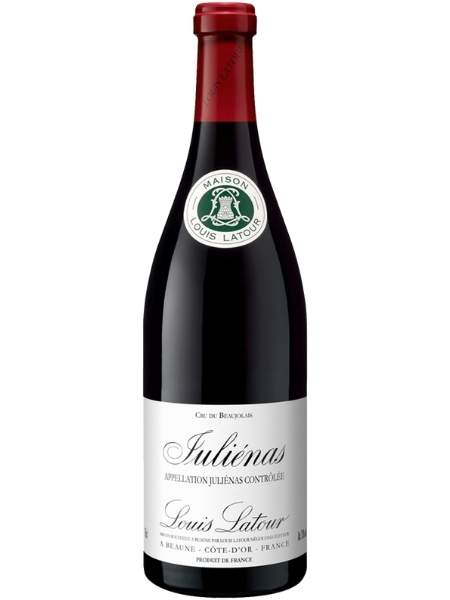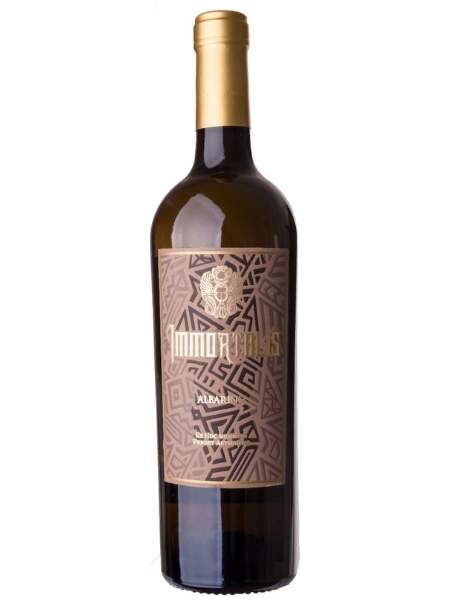
The Art of Tannins: Understanding the Flavor in Red Wine

Red wine is a complex and sophisticated drink, rich in flavors and aromas. Have you ever wondered why some red wines taste mouth-drying or have a bitter aftertaste? The answer lies in tannins - the natural compounds found in grapes and red wine that give it a distinct astringent taste. Tannins play a crucial role in the character and taste of red wines, giving it structure, depth, and complexity. In this blog post, we’ll delve deeper into what tannins are, how they develop in wine, and how they affect the flavor and texture of your favorite red wine.
Table of Content:
What are Tannins?
Tannins are natural compounds found in the seeds, skins, and stems of grapes, as well as in oak barrels used for aging wine. They are a type of polyphenol that gives red wine its color, texture, and flavor. Tannins are responsible for the dry and puckering sensation you feel in your mouth after you sip a full-bodied red wine. These compounds are also found in other beverages and foods such as tea, coffee, and dark chocolate.
How do Tannins Develop in Wine?
Tannins are extracted from grape skins during the winemaking process. The longer the grape skins are left in contact with the juice during fermentation, the more tannins will be extracted. Red wines contain more tannins than white wines because they are made with a different winemaking process. Red wine is fermented with the grape skins, while white wine is not. Oak barrels also contribute tannins to wine during the aging process. The type of oak, the age of the barrel, and the level of toasting can affect the tannin levels of the wine.
How do Tannins Affect the Taste and Texture of Red Wine?
Tannins play a fundamental role in the structure and flavor profile of red wine. They contribute to the wine’s body, which refers to the weight and fullness of the wine, from light-bodied to full-bodied. Light-bodied wines contain less tannins and have a smooth, easy-drinking texture. Medium-bodied wines have moderate tannins and more complexity, while full-bodied wines have higher tannin levels and a more robust flavor profile. Tannins also give red wine its characteristic astringency or bitterness, which balances the fruitiness and sweetness of the wine. When paired with the right food, the tannins in red wine can complement and accentuate the flavors of the dish, creating a harmonious taste experience.
Tannins are an essential part of red wine, contributing to its complexity, flavor profile, and texture. Understanding tannins is crucial in appreciating and enjoying red wine to its fullest. Whether you prefer a light Pinot Noir or a full-bodied Cabernet Sauvignon, the tannins play a vital role in the character and taste of the wine. Next time you sip a glass of your favorite red wine, take a minute to appreciate the subtle and complex interplay of tannins in its flavor profile and texture. Cheers to the art of tannins!





















